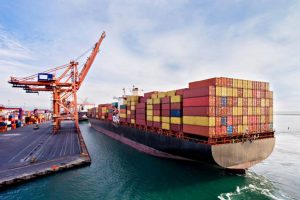As the fisherman anchors his narrow wooden boat in the midst of a stream in the world’s largest mangrove forest, to spread the nylon net, white remnants of salt, shimmer on his body against the afternoon sunlight.
The crushing blow dealt to Sundarbans by cyclone Amphan, has left the land bleeding from many wounds which are further widening as high amounts of salt keeps getting added to its injuries, with the rising sea-level.
Advertisement
Recent soil tests in Sundarbans area revealed abnormal spurt in saline content, posing a danger to its flora and fauna.
The largest mangrove in the world is at present in a precarious condition as the soil tests in its estuarine belt indicate that a danger of immense proportion awaits the agriculture of the land and its many Sundari trees.
Talking to The Statesman, Sudipta Bhattacharya, environmentalist and secretary of the NGO, Saviours and Friend of Environment (SAFE), said “We conducted extensive soil tests with our team in several blocks of Sundarban and it revealed abnormal rise in saline levels in the soil.
At least, soil samples from nine blocks that include Patharpratima, SandeshkhaliI and II, Kakdwip, Sagar Island etc. showed high levels of saline content” “Normal levels- 1.3ppt to 2.5ppt- of salt in soil does no harm to flora or fauna but the samples collected from Muriganga side, the scale shows saline content upto 10 ppt.
This is detrimental to not just crops but also the Sundari trees of the mangrove forest” said Mr Bhattacharya. He highlighted, “Trees such as Sundari and Hogla cease to thrive in brackish water as it weakens the root. These are suitable for sweet water.
In Sundarban, there is a mixture of sweet and salt water which maintains a balance but the problem arises when this equilibrium is disturbed.” He added, “We have decided to distribute salt resistant genetically modified crops to the farmers which we are procuring from outside the state. Paddy such as Malabati and Bhuri are perfect types.”
In a further threatening revelation, the environmental expert pointed out, “High saline levels are causing growth of algal blooms which cuts off a large amount of biological oxygen in the water. On testing waters in several ponds in the villages of Sunderbans, we noticed dead fish floating on the surface due to the same. Another phenomenon that has occurred is the strong winds of the cyclone have exhausted the reserve oxygen in the water leading to deaths of fish in the ponds. This was also observed after cyclone Aila.”
It was further learnt that the increasing saline content has even pervaded into the subsoil and ground water making it extremely salty and harmful for consumption. “ At times, heavy rainfall helps in washing off the salt from top layer of the soil but that is not a solution and certainly not a sustainable process,” he added.











